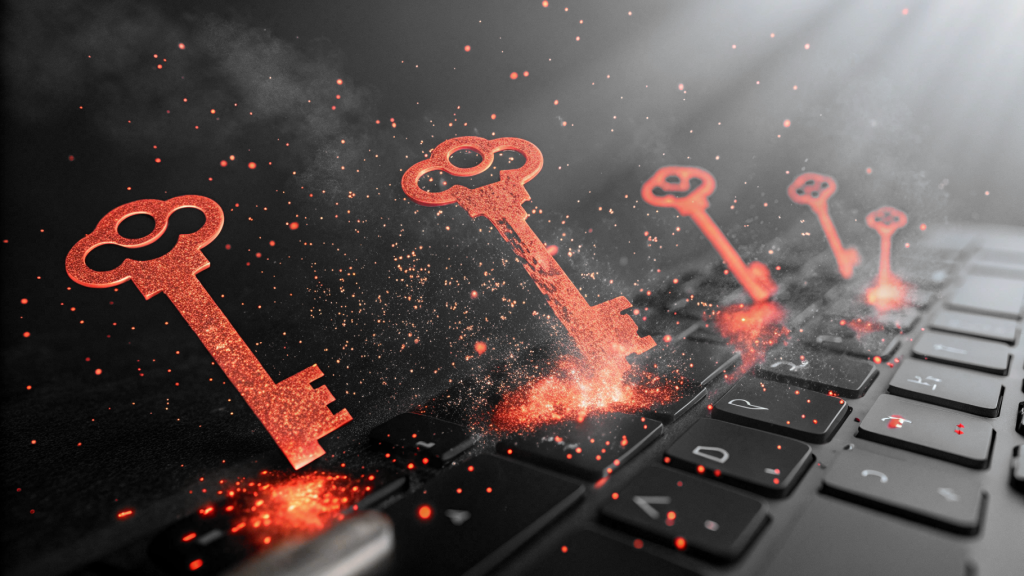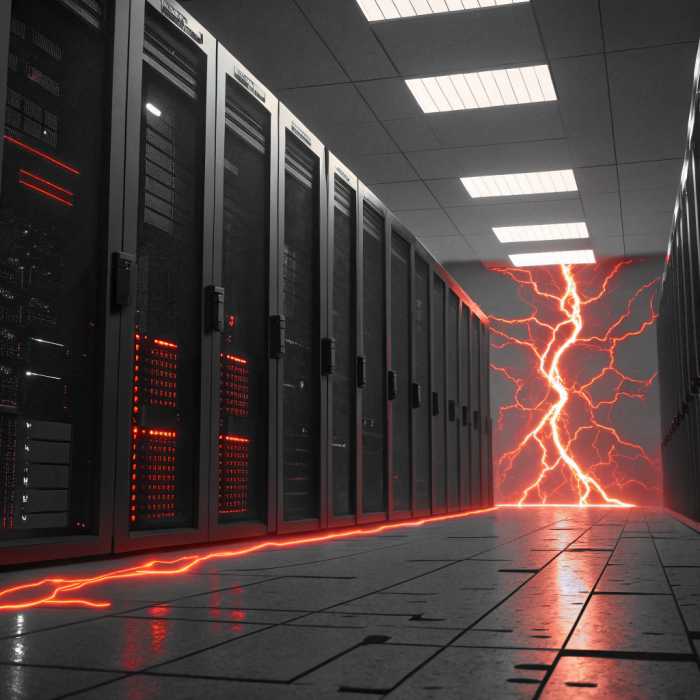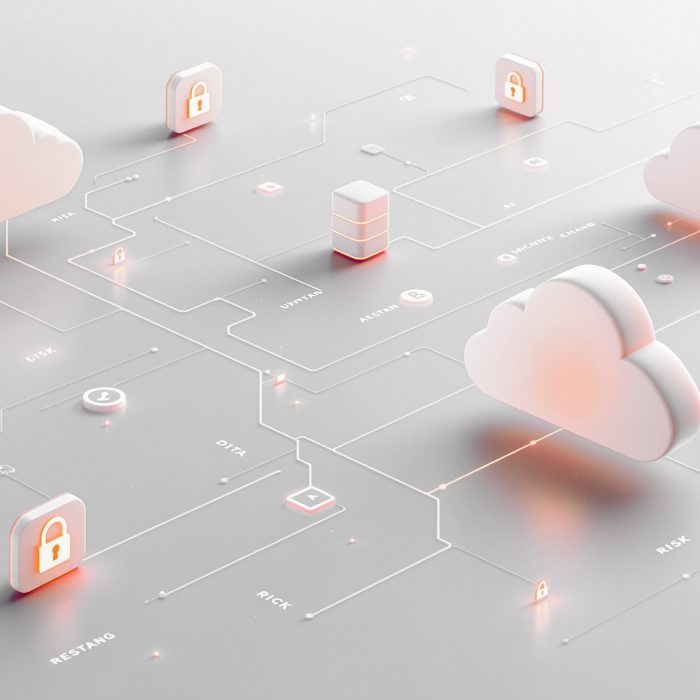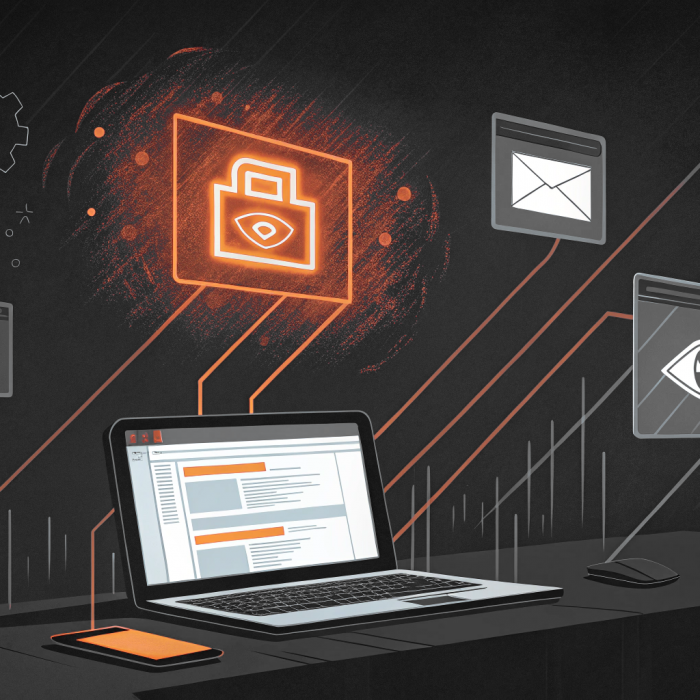TA585, a financially motivated threat actor, has deployed an upgraded version of their custom malware toolkit. Security researchers have documented new capabilities in MonsterV2 that organizations need to understand, particularly around its web injection techniques and autonomous operation.
What Makes MonsterV2 Different
MonsterV2 represents a significant upgrade in remote access trojan (RAT) technology. Unlike many threat actors who rely on off-the-shelf tools, TA585 has invested in building their own infrastructure and maintaining custom malware that operates with minimal human intervention.
The malware’s standout feature is its web injection capability. It manipulates browser sessions in real time, allowing attackers to intercept and modify financial transactions as they happen. This isn’t just credential theft: the system can actively alter payment amounts, redirect funds, and manipulate transaction details without the victim noticing until it’s too late.

How the Attack Works
TA585’s delivery method exploits human behavior rather than software vulnerabilities. The group uses ClickFix phishing campaigns that trick users into executing malicious PowerShell commands. These campaigns pose as legitimate software updates or security warnings, exploiting user trust to gain initial access.
The attack typically unfolds like this:
- Initial contact: User receives a fake security alert or update notification
- Execution: Victim runs what appears to be a legitimate command
- Installation: MonsterV2 establishes persistence on the system
- Surveillance: Malware monitors for financial applications and banking websites
- Attack: Real-time transaction manipulation when opportunities arise
After installation, MonsterV2 runs surveillance on the infected system, monitoring for specific financial applications and banking websites before initiating its transaction manipulation capabilities.
Why Admin Rights Make Everything Worse
Standard admin rights create unnecessary exposure for organizations facing threats like MonsterV2. When users operate with local administrator privileges, any malware they execute inherits those same permissions. This means MonsterV2 can establish deeper system hooks, maintain more effective persistence, and operate with fewer restrictions.
The risks multiply for remote workers. An infected home computer with admin privileges becomes a launching pad for attacks against corporate banking portals and financial systems. The combination of social engineering and remote work environments creates particularly favorable conditions for initial compromise and lateral movement into corporate networks.
Implementing just-in-time privilege elevation addresses this directly. Users gain elevated access only when needed for specific tasks, limiting the window of opportunity for malware installation and reducing the attack surface available to threats like MonsterV2.

Building Effective Defenses
Defending against sophisticated malware like MonsterV2 requires multiple layers working together:
Restrict privileged access: Remove permanent admin rights and implement just-in-time elevation through solutions like Admin By Request EPM. This limits what malware can do even if it gains a foothold on the system.
Strengthen authentication on financial systems: Multi-factor authentication creates additional barriers. Even if MonsterV2 compromises session cookies or authentication tokens, verification steps can prevent unauthorized modifications.
Implement network segmentation: Compromised workstations shouldn’t have direct access to critical financial systems. Proper segmentation contains breaches and limits potential damage.
Train staff to recognize social engineering: ClickFix attacks succeed because they exploit predictable behavior patterns. Teaching employees to verify update requests through official channels and recognize suspicious prompts prevents initial infection.
Monitor and log financial transactions: Implement session recording for high-risk activities. While this raises privacy considerations, the forensic value and deterrent effects often justify the practice.
The Bigger Picture
TA585’s investment in custom tooling signals this isn’t a temporary operation. Groups that build their own malware and maintain dedicated command servers typically operate with long-term objectives and significant backing.
The MonsterV2 campaign demonstrates why privileged access management can’t be an afterthought. When malware this sophisticated targets your organization, the difference between a contained incident and a catastrophic breach often comes down to what permissions were available when the attack started.







